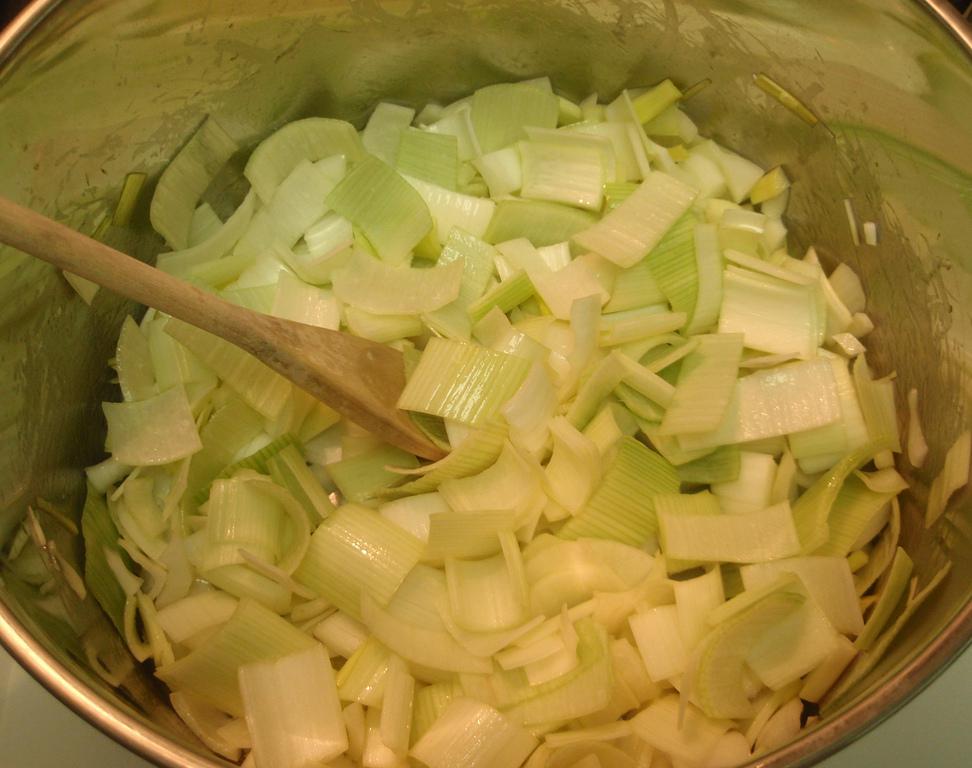At WiseGEEK, we're committed to delivering accurate, trustworthy information. Our expert-authored content is rigorously fact-checked and sourced from credible authorities. Discover how we uphold the highest standards in providing you with reliable knowledge.
What is Hallacas?
Hallacas are savory Venezuelan pastries featuring meat or vegetables surrounding a ground corn dough casing. These are quite similar to Spanish empanadas or Mexican tamales. Different stories exist regarding the origins of the dish, though it is generally accepted as including influences from European, African, and South American cultures alike. Several different types of herbs and spices native to all three continents are included. The preparation of hallacas is complex, these pastries are commonly part of Christmas celebrations.
The hallaca is almost identical to the tamale. Both dishes have a ground corn or masa casing, filled with meat, vegetables, or both. Hallacas and tamales alike may be boiled or steamed in banana leaves, though tamales are also often steamed in corn husks. Some sources do not recognize a difference between the two dishes, while some cite minor differences regarding fillings or size differences.

A theory suggests that the hallaca was invented by Spanish colonists in Venezuela who longed for the empanadas they ate back home. Not having all the necessary ingredients, nor the iron moulds necessary to form the distinct shape of an empanadas, the invention of the hallaca may have resulted. As similar as these dishes may be, hallacas feature a more complex mixture surrounded by a ground corn casing.

Beef, chicken, pork, and vegetables may be used to fill hallacas. Featuring both Spanish and African influences, spices may include cumin, coriander, black pepper, and achiote (also referred to as annato seed). Herbs may include thyme, parsley, and cilantro. Garlic, leeks, and onions are common, as are chili peppers or chili sauces. Most hallacas include olives, though capers or other brined and pickled vegetables may be used in addition or as substitution. Some recipes also include raisins, nuts, or boiled eggs.

The preparation of hallacas requires many steps. A typical recipe begins with a stew prepared with meat, vegetables, and spices, which is usually set aside overnight. The next day, dough is prepared and banana leaves are washed and greased with butter. Dough is spread across each banana leaf, which then encases the stew filling. The pastries are then cooked in boiling water for about an hour, removed from their leaves, and then served.
Venezuelan citizens across all socioeconomic lines enjoy preparing and eating hallacas. These dishes are traditionally consumed on Christmas Eve. In some regions, they are enjoyed with a milky alcoholic beverage called ponche.
AS FEATURED ON:
AS FEATURED ON:



















Discussion Comments
Venezuelan Hallacas are similar to Tamales en many ways: they are wrapped in plantain leaves, they are made with corn dough, they are boiled to cook them (never seen Hallacas steamed, though). I think that's it. Oh, and they are nothing like Spanish empanadas.
One can say that an Hallaca is an attempt to improve the tamal. However, the preparation of the rest of the ingredients that go into an Hallaca is much more elaborate than those of a Tamal.
For starters, the ingredients in a Tamal are mixed-in with the dough, the end. Very similar to what Venezuelans call 'Bollo'.
Food preparation for the filling, for example, is much more elaborate than a Tamal's. Multiple steps are required and you can find many recipes abound on the web (I will not get into those steps here).
Also, the ingredients of an Hallaca are 'contained' or wrapped by the dough. In other words, Hallacas are more like a pie, with the dough outside and the filling inside it, but made with corn dough and other ingredients mentioned in the article such as the stew ('guiso') and vegetables.
Venezuelans use the left over ingredients and dough, mix them all up and *then* make 'bollos' or Venezuelan Tamales (if you wish to call them that)
My guess is that the word Tamal is used to describe an Hallaca only as a point of reference (since many people have heard, or tried, a tamal) but the difference in texture, taste, and even ingredients is hugely underrated when describing it as such. It's akin to calling a Bordeaux simply a red wine (as a reference point) but all the nuances that make a Bordeaux are lost in the simplification.
It is also worth noting that the word Hallaca has many different meanings in many countries of Latin America and South America.
Post your comments